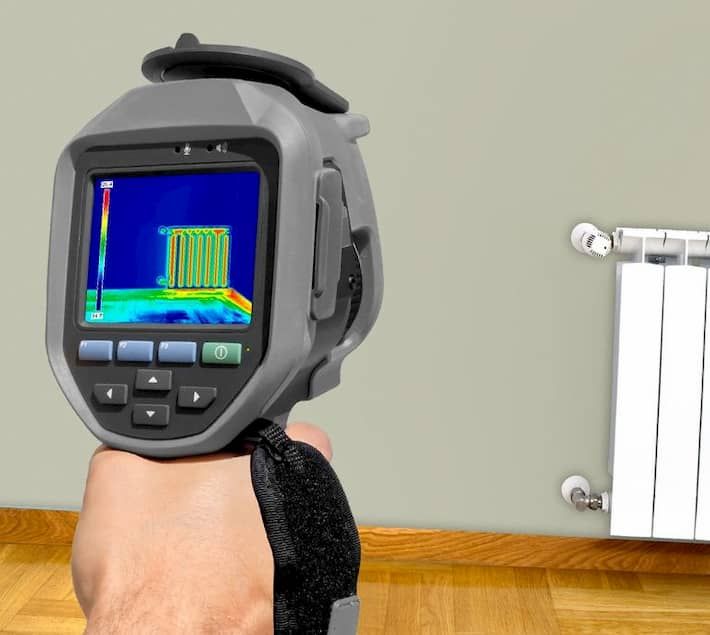In a world of tightening environmental regulations and growing corporate responsibility, Leak detection Merseyside has evolved from a routine maintenance task into a critical element of emission control. For process industries—such as oil and gas, chemicals, and manufacturing—modernizing leak detection is essential to meet sustainability goals, maintain compliance, and safeguard both assets and reputation.
This article explores how modern technologies, smarter analytics, and proactive strategies are redefining emission control and helping industries minimize fugitive emissions at every stage of operation.
The Changing Landscape of Emission Control
Historically, leak detection programs were reactive—identifying and fixing leaks only after visible signs appeared or complaints arose. Today, that approach is no longer sufficient. With stricter environmental standards, such as the EU Industrial Emissions Directive and the U.S. EPA’s LDAR (Leak Detection and Repair) requirements, industries are expected to detect, quantify, and report leaks before they become environmental incidents.
The drive toward Net Zero emissions has further amplified the importance of advanced leak detection strategies. Each gram of escaping methane, volatile organic compound (VOC), or process gas contributes to atmospheric pollution and lost revenue. The focus has shifted from compliance to continuous improvement—leveraging technology to achieve sustainable operations.
Why Traditional Leak Detection Falls Short
Conventional leak detection often relies on manual inspection with handheld instruments such as Flame Ionization Detectors (FID) or Photoionization Detectors (PID). While effective in localized testing, these methods have limitations:
- Intermittent coverage: Inspections occur periodically, leaving gaps between monitoring intervals.
- Limited scope: Small leaks in remote or elevated areas can easily go unnoticed.
- Reactive process: Repairs happen after leaks are already causing emissions.
- Data inefficiency: Manual reporting lacks the analytics needed for long-term emission trends.
Modern emission control demands an approach that is continuous, data-driven, and integrated into plant operations.
Core Components of a Modern Leak Detection Strategy
1. Embrace Advanced Detection Technologies
New-generation tools are revolutionizing how industries detect and measure emissions.
- Optical Gas Imaging (OGI): Infrared cameras visualize invisible gas leaks in real time, ideal for hydrocarbon and VOC detection.
- Ultrasonic Leak Detectors: These sensors capture high-frequency sounds produced by pressurized gas leaks, even in noisy environments.
- Laser Absorption Spectroscopy: Highly sensitive to specific gases like methane or hydrogen, enabling pinpoint accuracy.
- Continuous Emission Monitoring Systems (CEMS): Installed at critical points to provide 24/7 measurement of key pollutants.
These technologies not only identify leaks faster but also allow for early intervention, preventing small leaks from escalating into major emission sources.
2. Integrate Smart Data Analytics
Modern emission control is not just about detection—it’s about understanding emission behavior.
Digital leak detection systems now incorporate IoT sensors and AI-driven analytics that collect and interpret vast amounts of operational data. By analyzing pressure fluctuations, temperature changes, and flow anomalies, these systems can predict where leaks are most likely to occur.
Data integration into centralized dashboards allows environmental and maintenance teams to:
- Track emission trends over time.
- Prioritize high-risk equipment.
- Verify the effectiveness of repairs.
- Generate automated compliance reports.
This level of insight transforms leak detection from a maintenance activity into a strategic decision-making tool.
3. Modernize LDAR Programs
A Leak Detection and Repair (LDAR) program remains the cornerstone of emission control. However, modern LDAR is no longer clipboard-based.
Digital LDAR platforms automate the process from detection to verification:
- Mobile-enabled inspection tools record leak data on-site.
- Cloud-based databases store and analyze inspection histories.
- Repair scheduling systems ensure leaks are fixed within regulatory timeframes.
- Verification tracking confirms that repaired components remain leak-free.
By digitizing LDAR, organizations gain traceability, reduce human error, and meet compliance requirements more efficiently.
4. Continuous Monitoring and Early Warning Systems
Continuous monitoring bridges the gap between scheduled inspections.
Networked sensors can provide real-time alerts for sudden leaks or emissions surges, especially in pipelines, compressors, or storage facilities. These systems use threshold-based alarms and predictive algorithms to detect deviations before a leak becomes critical.
In industries handling hazardous or high-value materials, this approach not only reduces environmental risk but also protects assets and operational uptime.
5. Workforce Training and Cultural Shift
Technology alone cannot achieve emission control without a leak-aware workforce.
Operators, maintenance staff, and engineers must be trained to:
- Recognize early signs of leaks.
- Use advanced detection tools safely and effectively.
- Log and report emission data consistently.
Creating a culture of accountability—where leak prevention is part of daily operations—ensures long-term program success.
6. Material and Equipment Upgrades
A proactive emission control strategy includes upgrading old or leak-prone equipment.
- Replace aging valves, seals, and gaskets with low-emission or double-sealed designs.
- Use corrosion-resistant materials in high-moisture or chemical environments.
- Standardize components with proven reliability and leak-tight certifications.
Investing in better materials reduces maintenance frequency and improves long-term system integrity.
The Benefits of a Modern Leak Detection Strategy
Companies that modernize their emission control programs experience tangible advantages:
- Reduced environmental footprint through fewer fugitive emissions.
- Lower product losses, improving profitability.
- Regulatory compliance with minimal risk of fines or shutdowns.
- Enhanced operational safety by mitigating explosion and toxicity hazards.
- Improved corporate image aligned with sustainability commitments.
In the era of environmental transparency, organizations that adopt modern leak detection are not just meeting regulations—they are setting industry standards.
Future Outlook: From Detection to Prevention
As digitalization advances, the next frontier in emission control lies in predictive leak prevention. AI-powered systems, machine learning models, and digital twins will simulate plant operations to forecast leak risks before they occur. These predictive insights will allow engineers to optimize process conditions, maintain pressure balance, and extend equipment life—all while minimizing emissions.
Conclusion
Modernizing your leak detection strategy is more than an operational upgrade—it’s a commitment to environmental excellence and long-term reliability. By integrating advanced technologies, data intelligence, and proactive maintenance, industries can move beyond compliance toward true emission control mastery.
In today’s competitive landscape, emission control is not optional—it’s the defining measure of industrial responsibility and performance.


